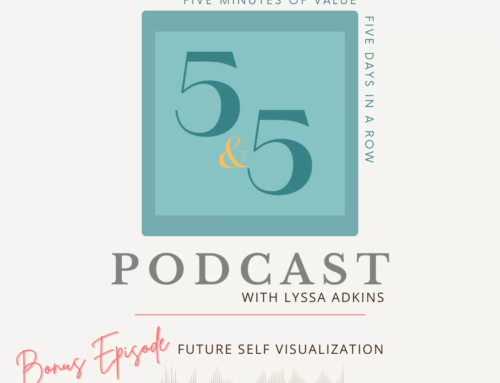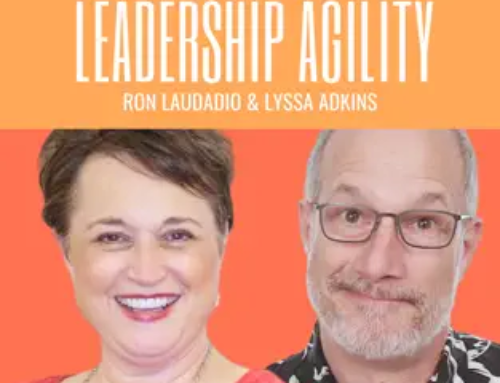How has coaching evolved? And how can we create a culture of coaching? In this podcast, we are joined by special guest Lyssa Adkins to discuss all things coaching.
Summary
- Agile coaches can often get agile teams delivering, but there are organisational impediments that create a glass ceiling for how much they can accomplish. This creates an opportunity for coaching at the leadership level.
- Many enterprise coaches are working directly with leadership teams – the coaching for them is different from agile coaching.
- More and more the leader role needs to create the environment, not be the fountain of all knowledge. The challenge is helping people to work with complexity through sensing and responding, rather than predicting and planning.
- Professional coaching skills have a backbone aspect. There is a set of vertebrae in place that holds the focus of being rigorous about the client’s agenda, about every single conversation ending with them, agreeing to some action that’s going to forward their momentum.
- The leadership circle is a three-sixty assessment, including a self-assessment that shows the leader whether or not they’re equipped for the modern age and resulting complexity. From there the leader can explore underlying beliefs that are informing their behaviours. The first step is to create awareness to then test and learn.
- Leaders need scaffolding. These are practices can be used to adopt a new way of being. The book, Lead Together by Brent Lowe and Susan Basterfield provides plenty of practical examples of this.
- Not everything has to be by consensus. We can work on a consent basis for at least some things. Decision-making is one of the barriers to agility. If you can streamline it and make it both more transparent and faster, you can solve one of the bigger organisational pains.
- There is a lot of knowledge available now with regards to agile coaching. Now the question is how do we have new models for a more complex scope? And how do we take the skills we have and bring them to a wider audience?
- The integral agile transformation framework helps agile coaches to move outside of their myopic view of a situation because it has four different perspectives in it. Most people see problems and challenges through the one perspective that is natural to us. It’s our strength, but it’s also our bias.
- Leaders need to be coach-like. They don’t necessarily need to be coaches but they need to be more facilitative in general.
- Organisations are human systems. Pretty much every modern way of working has human relationships at the core so it’s worth paying a lot of attention to getting really good, not just only at interpersonal skills, but relationship systems intelligence.
References
- Lead Together by Brent Lowe and Susan Basterfield
- Agile Transformation: Using the Integral Agile Transformation Framework™ to Think and Lead Differently by Michael Spayd and Michele Madore
- Evolvagility: Growing an Agile Leadership Culture from the Inside Out by Michael Hamman
- The Leadership Circle Profile
Hosted by The Better Work Project





